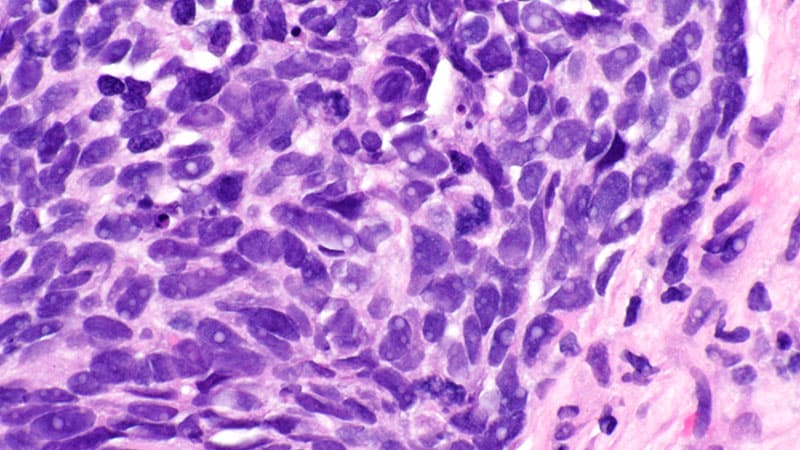Learn about brain health and nootropics to boost brain function
Definitive Therapy to the Primary Site Improves Survival in Brain-Only Metastatic NSCLC

0 TOPLINE:
In patients with non–small cell lung cancer (NSCLC) who have metastases to the brain only, definitive treatment to the primary site improved overall survival outcomes following stereotactic radiosurgery, a retrospective analysis found. METHODOLOGY:
The American Society of Radiation Oncology guidelines strongly recommend stereotactic radiosurgery in patients with NSCLC who have up to four brain metastases and conditionally recommend this option in patients with up to 10 brain metastases. Studies have shown that definitive treatment to the primary site after whole-brain radiotherapy can improve survival outcomes in patients with brain-only metastases, but there are limited data on the potential benefits of definitive treatment after stereotactic radiosurgery in this patient population.
To address this gap, the researchers compared outcomes among 53 patients with NSCLC and brain-only metastases who received definitive treatment to the primary site and 50 patients who did not.
Most patients received upfront definitive treatment (73.6%), while about one in four (26.4%) had their definitive treatment delayed about 9 months following their diagnosis. Overall, 42 patients received fractionated radiotherapy, eight received stereotactic body radiotherapy, and three patients had a lobectomy as definitive treatment.
More patients who had definitive treatment also received immunotherapy (53% vs 38%, respectively), and fewer got targeted therapy (8% vs 18%, respectively); however, the differences were not statistically significant.
The study outcomes included various progression-free survival (PFS) outcomes (local, regional, distant body, and intracranial) as well as cancer-specific and overall survival.
TAKEAWAY:
At 5 years, definitive treatment was associated with significantly better overall survival (40.2% vs 0%) and cancer-specific survival (67.6% vs 0%).
At 5 years, about one third of patients who received definitive primary treatment remained progression-free — locally (34.5%), regionally (33%), and via distant body (34%) — compared with no patients without definitive treatment. About 15% of patients receiving definitive treatment had intracranial PFS at 5 years.
The main predictors of worse overall survival were lack of definitive primary treatment (hazard ratio [HR], 2.40; P = .012), more advanced disease stage (HR, 2.73), and lack of immunotherapy (HR, 2.86).
IN PRACTICE:
“We found that in the modern era, definitive primary site treatment for patients with brain-only metastatic NSCLC undergoing intracranial [stereotactic radiosurgery] was associated with an improvement in local, regional, and distant body control, as well as cancer-specific survival and overall survival,” the authors concluded. “Definitive primary site treatment should be carefully considered in this patient population.” SOURCE:
The study, led by Kamran Salari from Corewell Health East William Beaumont University Hospital, Royal Oak, Michigan, was published online this month in Radiotherapy and Oncology . LIMITATIONS:
The retrospective design introduced potential biases, and the rationale behind treatment decisions was not documented. Variability in practice patterns and heterogeneity between treatment modalities may have influenced outcomes. DISCLOSURES:
The authors declared no conflicts of interest.